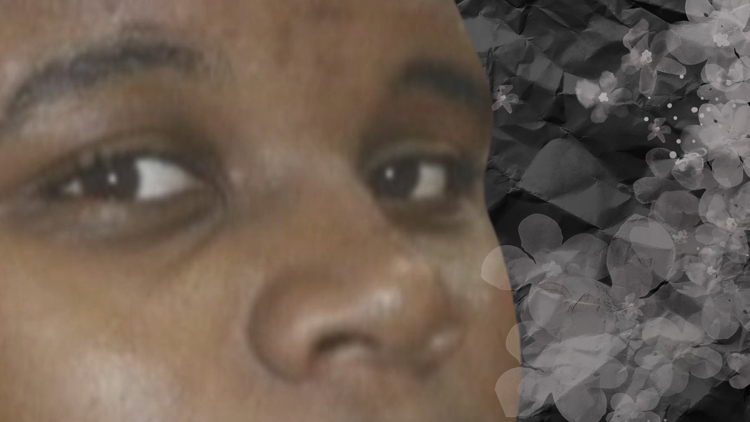FERGUSON, Mo. — On Aug. 9, 2014, Michael Brown Jr., a Black 18-year-old, was shot to death by a white police officer, Darren Wilson, following an altercation in Ferguson, Missouri. A decade later, a central question remains: Did the St. Louis region and the nation seize the opportunity to make significant changes and progress following a tragedy that made worldwide news?
Following multiple investigations by the St. Louis County Prosecutor’s Office and the U.S. Department of Justice, Wilson was not indicted for the shooting death of Brown. Brown’s death led to sometimes-violent protests in Ferguson and other U.S. cities, accelerating a national “Black Lives Matter” movement. Public opinion was sharply divided about the shooting, protests and militarized police response.
Long-simmering tensions between majority-Black Ferguson and the mostly white local police came to a head. There were peaceful protests calling for justice and police reform, but the nighttime protests were often destructive.
In November 2014, a grand jury declined to indict the officer, leading to another round of protests, rioting, and property destruction. The Justice Department concluded that the officer acted in self-defense. Federal investigators also found that the Ferguson Police Department routinely violated the civil rights of its Black residents.
In the last 10 years, there have been tangible signs of progress in Ferguson and the north St. Louis County region. That progress includes electing the city’s first Black mayor, hiring Ferguson’s first Black police chief, electing a higher number of Black city council members, police wearing body cameras and new community resources that didn’t exist in 2014 at the time of the shooting.
The Urban League has greatly expanded its footprint in the North St. Louis County region. Three years after the shooting death of Brown, the $4 million Ferguson Community Empowerment Center opened on West Florissant Avenue at the site where protesters burned down a gas station. The facility houses the Urban League’s Save Our Sons workforce development program, which provides job training and placement services for African Americans and other young men in Ferguson and north St. Louis County. Also housed at the empowerment center are services provided by the Salvation Army, Lutheran Hope Center and University of Missouri Extension.
In the summer of 2024, Centene announced it was making one of the largest donations ever to the local Urban League: a $125 million multi-building campus that was formerly a Centene call center. The Centene Connected Community Center contains the Urban League Head Start headquarters. Eventually, there will be workforce development, education, housing, re-entry programs and a regional food distribution center.
In 2019, the Boys and Girls Cub of Greater St. Louis established the Teen Center of Excellence on West Florissant Avenue. Next door to the Boys and Girls Club is Mercy Clinic Primary Care facility which serves families of Ferguson and surrounding communities with adult, pediatric and women’s health services.
Ferguson exposed predatory policing on poor communities to finance municipal government with the overuse of traffic tickets and contributed to a national conversation. States, including Missouri, changed their laws to curtail such abuses.
Ferguson in 2014 had a national impact on the increased use of body cameras by police. But, unarmed Black people continue to be shot by law enforcement officers. On July 9, Sonya Massey, an unarmed 36-year-old mother of two in Springfield, Illinois, called police asking for help but was eventually shot in the face and killed by one of the Illinois sheriff’s deputies who responded to her call. The deputy who was fired and charged with murder did not turn on his body cam until after the fatal shooting, but his partner’s body cam was turned on at the time of the shooting. The deputy is facing first-degree murder charges.
At the time of Michael Brown’s shooting in 2014, Ferguson had purchased dash cameras for police cars but had not installed them yet, and Wilson was not wearing a body camera.
Michael Brown Sr. remembered the day his son was born. Brown Sr. vowed to protect and nourish him and keep him safe at Brown Jr.'s birth. Brown Jr.'s kindergarten teacher remembered him as quiet, funny and kind.
When Brown Jr. graduated, he declared, "The world's going to know my name."
"What are you talking about?" Brown Sr. asked him.
"I'm going to be a rapper!" Brown Jr. said.
The father and son spoke on the phone on Aug. 4, 2014, and they told each other they loved one another.
"He was a human," Brown Sr. said. "He was someone that people loved."
Join us at 7 p.m. on Aug. 22 to see "Race: Listen. Learn. Live. Voices of Ferguson."
The Associated Press contributed to this report.



